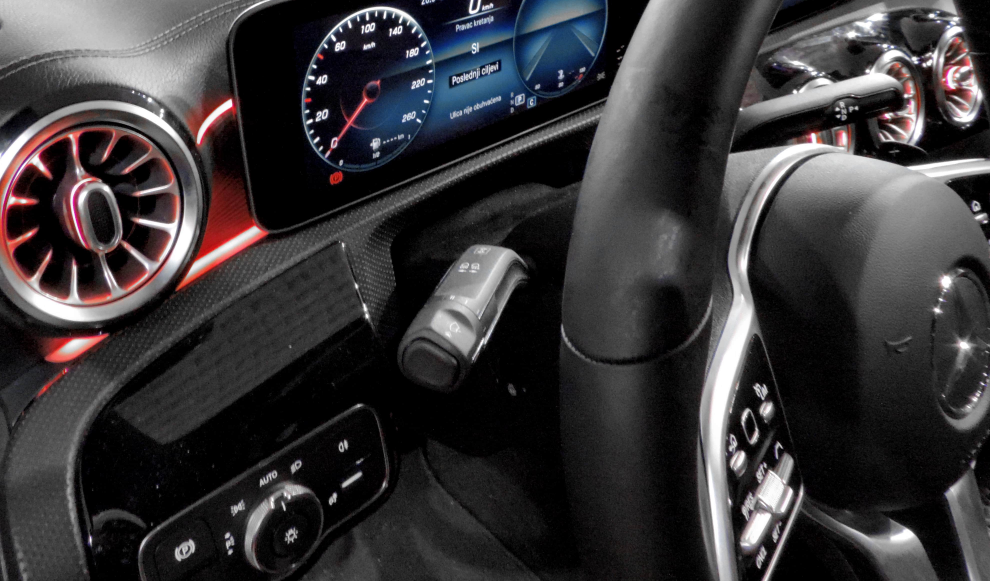As the digital and physical worlds continue to intertwine, the concept of the Metaverse has gained significant traction. With its potential to disrupt various industries, the automotive sector is no exception. According to a recent thematic intelligence report, the Metaverse could present a $626.5 billion opportunity for the automotive industry by 2030. In this article, we’ll delve into the potential implications of this digital phenomenon on the automotive landscape.
The Intersection of the Metaverse and Automotive Industry
The Metaverse’s integration into the automotive industry could revolutionize how we interact with vehicles, driving the creation of virtual showrooms, advanced design processes, and immersive customer experiences.
Virtual Showrooms and Vehicle Customization
Virtual showrooms could become commonplace, allowing consumers to explore, customize, and even test-drive vehicles in a fully immersive, virtual environment. The Metaverse could enable unprecedented levels of vehicle customization, with consumers having the ability to tailor every aspect of their future vehicle to their liking, all within a virtual space.
Advanced Design and Manufacturing Processes
The Metaverse could also revolutionize the design and manufacturing processes within the automotive industry. Designers could collaborate in virtual spaces, utilizing 3D modelling and simulation tools to create and refine vehicle designs. Manufacturing processes could also be optimized through digital twins and predictive maintenance.
Immersive Customer Experiences
The Metaverse could offer a platform for creating unique and immersive customer experiences. From virtual test drives to augmented reality (AR) maintenance tutorials, the Metaverse could transform the way consumers interact with their vehicles.
Harnessing the Potential of the Metaverse
While the Metaverse presents significant opportunities, harnessing its potential requires strategic planning and investment:
Investment in Technology and Infrastructure
Embracing the Metaverse requires substantial investment in technology and infrastructure. Automakers need to build or acquire the necessary technology capabilities, such as virtual reality (VR) and AR, 3D modeling, and simulation tools.
Collaboration and Partnerships
The realization of the Metaverse’s potential within the automotive industry will likely require collaboration and partnerships. Automakers may need to partner with technology companies, Metaverse platform providers, and other stakeholders to navigate this new digital frontier.
Navigating Regulatory Considerations
The Metaverse also presents regulatory considerations. As virtual spaces become more prevalent, issues around data privacy, cybersecurity, and intellectual property rights will become increasingly critical.
Conclusion
The Metaverse presents a $626.5 billion opportunity for the automotive industry by 2030. From virtual showrooms to advanced design and manufacturing processes, the Metaverse could revolutionize the industry. However, to harness its potential, significant investment in technology and infrastructure, strategic collaborations, and careful navigation of regulatory considerations will be required. The automotive industry’s journey into the Metaverse is just beginning, and it promises to be a transformative ride.





